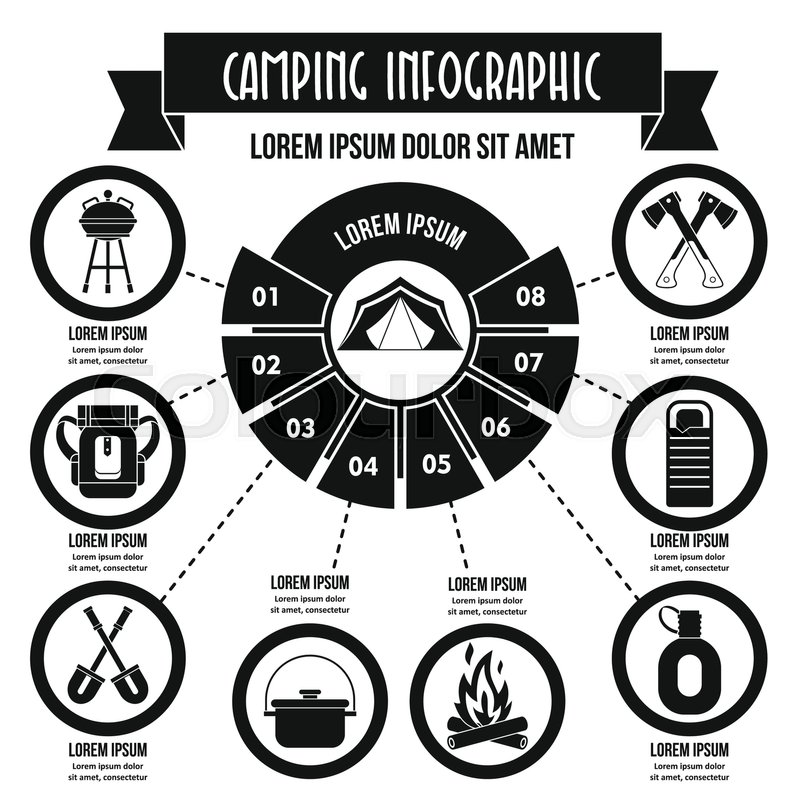Wintertime camping uses the opportunity to check out a pristine, relaxing wild without groups and noise. Nevertheless, there are a couple of things to think about prior to starting your journey.
Among these is safeguarding your outdoor tents with snow supports. A clove hitch with a buried stick can work for rocky terrain, but in ice and snow, a "dead man" anchor may be the best option.
Packing Down the Area
If you want your man line supports to be bomber, make certain the location around your camping tent is loaded down. This is much easier with skis or snowshoes, however also a great pair of hiking boots can do the technique if you walk up and down your camp a number of times to load it down. This will guarantee that the stakes you dig won't move or obtain taken out by the wind. Additionally, you can produce "Dead Man" supports by linking the line to a stick and hiding it in the snow with either Bob's creative knot or a basic taut-line drawback maintaining the knot well over the snow level. This works really well at Helen Lake where the snow is pretty dense.
I additionally such as to establish a wind wall surface to safeguard the entryway of my tent.
Digging the Stake Trenches
Making use of a shovel, dig a narrow trench simply large enough for the reclining peg. Take care not to reduce the person line with the blade of the shovel, particularly if you are using it for a T-trench anchor (additionally called a straight mid-clip). A T-trench is among the greatest anchors and ought to be part of any type of system used to aid abyss rescue. It takes even more time to develop than a vertical picket yet it aids disperse the load and prevent the line from tearing over rough terrain.
The tent pegs that ship with the majority of 4-season and winter season tents are not long sufficient for the deadman risk method when camping on snow, so you will require to bring additional utility cable to prepare these. To prevent having to link knots with chilly fingers, it is a great concept to prepare all the guy lines ahead of time in the house by connecting girth hitches throughout of each cord.
Filling the Risk Trenches with Snow
The man lines that come with the majority of 4-season camping tents are too brief for scouting a tent in deep snow. outdoor shelter Plan for this beforehand by utilizing 2mm utility cord to expand the size of each guy line.
To hide the stick, use either a clover hitch knot as Bob explains or a taut-line hitch with the knot well over the snow level (so you can draw the unknotted line back out if it gets cold in). After that wet down the area and stomp it to pack it strongly.
This is the most secure technique for stakes in winter months and it doesn't call for an ice axe, although some choose to use one anyhow to avoid wrecking their hands as they dig. Repeat the process for each and every stake till you've hidden all the sticks and are ready to establish camp. This is an excellent way to do the job rapidly when establishing in cold and gusty conditions.
Tightening up the Pitch
While a standard outdoor tents is adequate for outdoor camping in summer, wintertime requires a lot more gear, particularly if the trip will be expanded. A 4-season camping tent with tougher poles, larger fabrics and less mesh is required to stand up to high winds and heavy snowfall.
A hat is important to keeping warm from being shed through the head (as much as 70% of temperature loss). The same goes with gloves and a face mask in extremely cool conditions.
Sleeping on a platform rather than in a camping tent with a flooring can also help reduce warmth loss through the bottom of the resting bag. Using a tarp can likewise permit additional convenience by giving a surface for cooking and resting.
Website option is important in wintertime outdoor camping. Look for an area that uses wind protection, a sheltered water resource (to stay clear of melting snow), and is away from avalanche danger or danger trees. An area that has direct exposure to sunlight will additionally aid you warm up quicker in the morning.
